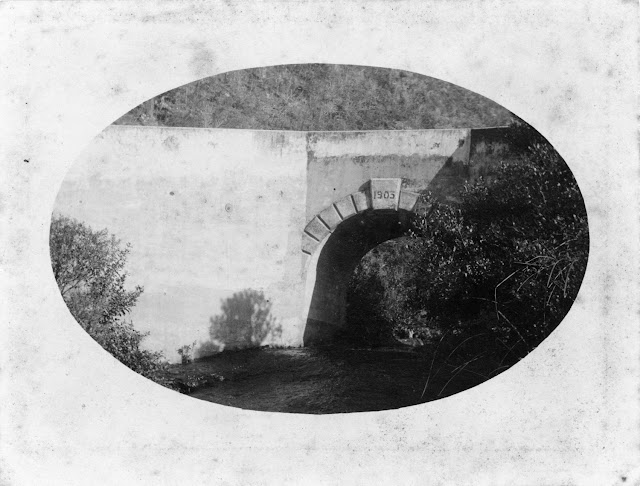It was not just Tauranga’s Pakeha settlers who wanted a road to the Waikato. A petition from local Māori, 'aboriginal Natives of New Zealand, living in the County of Tauranga in the Provincial district of Auckland’, implored the Government to finish the Kaimai road (Bay of Plenty Times 18 May 1894 p4). As the end of the nineteenth century approached, both Māori and Pakeha could be forgiven for thinking that the Government was tying itself in knots to avoid spending money on the Kaimai road, or indeed any road in the area: the offer of funding for Thompson’s Track was withdrawn after local bodies could not pledge enough to support it. In 1896 the Minister of Lands refused to fund the Kaimai road because it went through land owned by the Estates Company which the Government might be expected to buy. Putting a road through it would increase its value and the price the Government would have to pay; therefore, the road was not funded, because the land was (potentially) worth too much. Later, it was announced that the Government would not want to buy that land because there was Crown land in the area of equal value for which there was no demand; therefore, the road was not funded, because the land wasn’t worth enough! This tortuous logic upset the good people of Tauranga, as well it might, and their road seemed further off than ever.It is clear from this 1900 photograph that Thompson’s Track (named after assistant surveyor Thomas Kirkpatrick Thompson) did not get the 1500 pounds promised by Government in the 1890s. The funding was withdrawn because it was conditional on substantial contributions from impoverished local authorities. Stories tell about the track being upgraded during World War II (1939-1945) so it could be used as an alternative escape route should Tauranga be invaded.
‘[T]he public is beginning to ask itself once more, "What about the Kaimai road, are we going to get it after all?" And echo just answers, "After all! After all!" till the sound dies away in distant futurity’ (Poverty Bay Herald 30 November 1899 p4).
 |
| Ivy Bridge, Ruahihi, Kaimai Road (built by Mr McNaughton), 1903 Photo: Tauranga City Libraries Ref. 02-067 |
‘We have now, so to speak, got in the thin end of the wedge, and we must keep on driving it home, year after year, until this road is formed’ (Bay of Plenty Times 7 November 1900 p2).And that is more or less what happened. Although the big lump sum to complete the whole project never eventuated, smaller grants trickled in, and the Kaimai road gradually improved. Provided you didn’t expect too much, you could be positive about it, like the Bay of Plenty Times in 1901: the track was ‘in capital order for bridle traffic in fine weather’ (my italics; 23 September 1901 p2), and two years later it was ‘in much better order than in the past and much more generally used’ as a stock route (7 August 1903 p2). It was also being widened for wheeled traffic. There was still, however, a long way to go…
To be continued.

No comments:
Post a Comment